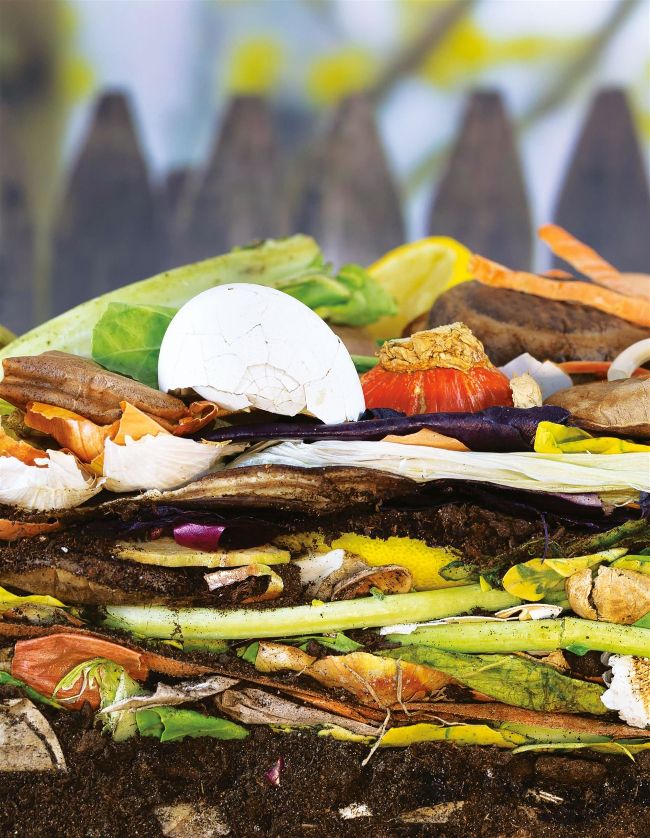SCIENCE
WHAT MAKES THINGS BIODEGRADABLE?
The chemistry and biology behind the natural breakdown of organic matter
WORDS SCOTT DUTFIELD

Most vegetables will decompose within a month
DID YOU KNOW? Despite being a natural fibre, it takes silk four years to even begin the process of biodegradation
T he term ‘biodegradable’ is often used to describe a material’s ability to be broken down naturally by the environment through a process known as biodegradation. During this process, organic matter, such as that found in plants and animals, is torn apart, broken down and digested by fungi and microbes. What remains is a nutrient-rich biomass that fuels the growth of new plants and animals in a repeating and self-sustaining process – it’s quite literally the circle of life.
One of the most important aspects of biodegradation is the transfer of carbon. Often referred to simply as the carbon cycle, this natural undertaking helps regulate the planet’s temperature, as well as provide food and energy to its inhabitants. During the cycle, carbon is exchanged with oxygen in the atmosphere through plant photosynthesis, which is then stored in plant matter. That carbon is passed on to the animal that eats the plant, then to the animal that eats that animal, and so on, up through the food chain. When plants and animals die, that carbon is returned to the earth through biodegradation, whereby countless microorganisms chow down on organic matter, releasing carbon dioxide into the atmosphere to restart the cycle.